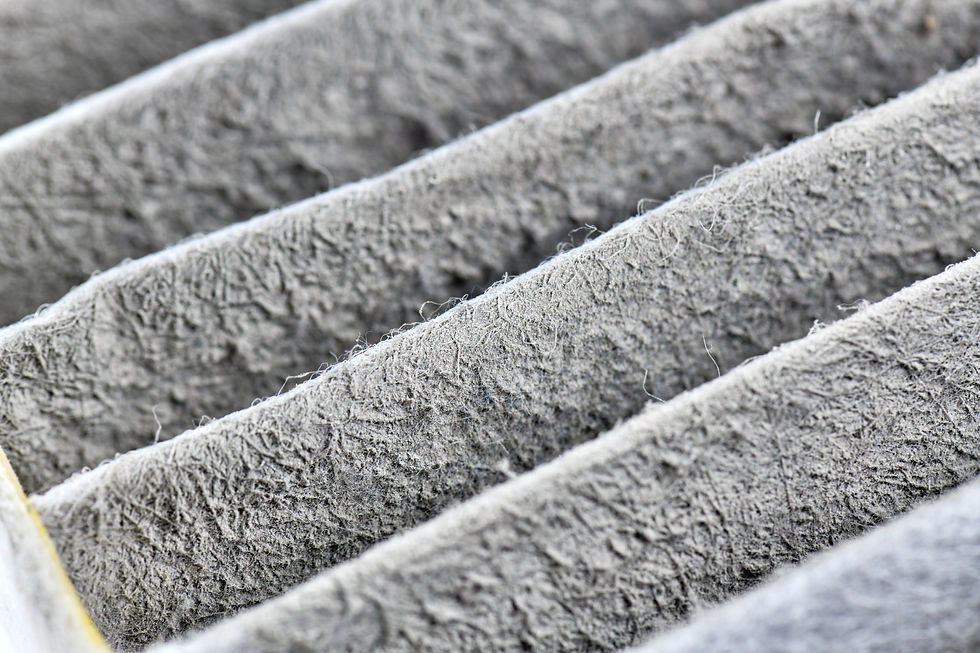How to Eliminate Office Odours – Your Guide to A Clean Office
- Jennifer Crowley
- Aug 2, 2023
- 3 min read
Updated: Jul 19, 2024

A pleasant and fresh-smelling office environment is crucial for employee morale and productivity. Unpleasant office odours can create discomfort and distractions, negatively impacting the overall work atmosphere.
In this blog post, we will explore effective solutions for eliminating various office odours that commonly arise. By implementing these strategies, you can create a more pleasant and inviting workspace for everyone.
Bathroom Odours
Bathrooms are notorious for harbouring unpleasant smells. Here are some tips to combat bathroom odours in the office:

Regular Cleaning: Ensure that the bathroom is cleaned thoroughly and frequently. Pay extra attention to toilets, sinks, floors, and any other surfaces prone to odour buildup.
Adequate Ventilation: Proper ventilation is essential for preventing odour accumulation. Install air fresheners or use natural alternatives like essential oil diffusers or fresh plants.
Odour Neutralizers: Odour neutralizers, such as activated charcoal or baking soda, are essential items to keep in your bathroom. These substances work effectively to absorb and eliminate unpleasant smells, ensuring a consistently fresh and inviting atmosphere in your restroom.
Breakroom Odours
The breakroom is a common area where food odours can linger. Follow these steps to tackle breakroom odours effectively:

Encourage Cleanliness: Encourage employees to clean up after themselves promptly. Clear policies about cleaning up spills, refrigerating food properly, and disposing of waste can help prevent odour issues.
Proper Ventilation: Ensure the breakroom has adequate ventilation to dissipate food odours. Open windows or install ventilation fans if necessary.
Regular Cleaning and Maintenance: Establish a routine cleaning schedule for the breakroom, including wiping down surfaces, emptying garbage bins, and cleaning the microwave or refrigerator.
Other sources of breakroom odours can derive from:
Sink odours: Sinks can develop unpleasant odours due to food particles and bacterial growth. Here’s how to address sink odours effectively.
Fridge odours: Unpleasant smells can quickly develop in refrigerators due to spoiled or forgotten food items. Follow these steps to keep your office fridge smelling fresh.
Eliminate Office Carpet Upholstery Odours
Carpets and upholstery can absorb various odours over time. Consider the following tips for freshening up your office’s soft surfaces:

Regular Vacuuming: Vacuum carpets and upholstery frequently to remove dust, dirt, and odour-causing particles. Use a vacuum cleaner with a HEPA filter for the best results.
Spot Cleaning: Attend to spills or stains on carpets and upholstery promptly. Blot the area with a clean cloth and use a mild detergent or specialized cleaners designed for specific fabrics.
Professional Cleaning: Schedule professional deep cleaning for carpets and upholstery at regular intervals to remove deep-seated odours and rejuvenate the fibres. Professional cleaning methods, such as steam or dry cleaning, can effectively eliminate odours and refresh the appearance of the carpet and upholstery.
Trash Can Odours
Trash cans can emit unpleasant odours, especially when filled with food waste or other organic materials. Follow these steps to keep trash can odours at bay:

Regular Emptying: Empty trash cans regularly to prevent the buildup of odorous waste. Establish a schedule for emptying and ensure that employees adhere to it.
Proper Bag Sealing: Double-bagging trash or using heavy-duty garbage bags can help contain odours. Tie the bags securely to prevent any leaks or spills.
Odour Absorbers: Place odour-absorbing materials at the bottom of the trash can, such as baking soda, kitty litter, or activated charcoal. These substances can help neutralize odours effectively.
Cleaning and Disinfecting: Regularly clean and disinfect trash cans to eliminate lingering odours. Use a mixture of water and vinegar or mild detergent to scrub the inside and outside of the trash cans.
Eliminating office odours is crucial for maintaining a pleasant and productive work environment. By following the tips and strategies outlined in this blog post, you can tackle common sources of odours such as bathrooms, break rooms, sinks, fridges, carpets, upholstery, and trash cans. Regular cleaning, proper ventilation, and the use of natural odour neutralizers are crucial to keeping your office smelling fresh and inviting. Implement these practices consistently, and you’ll create a more comfortable workspace that promotes productivity and well-being for everyone.




















